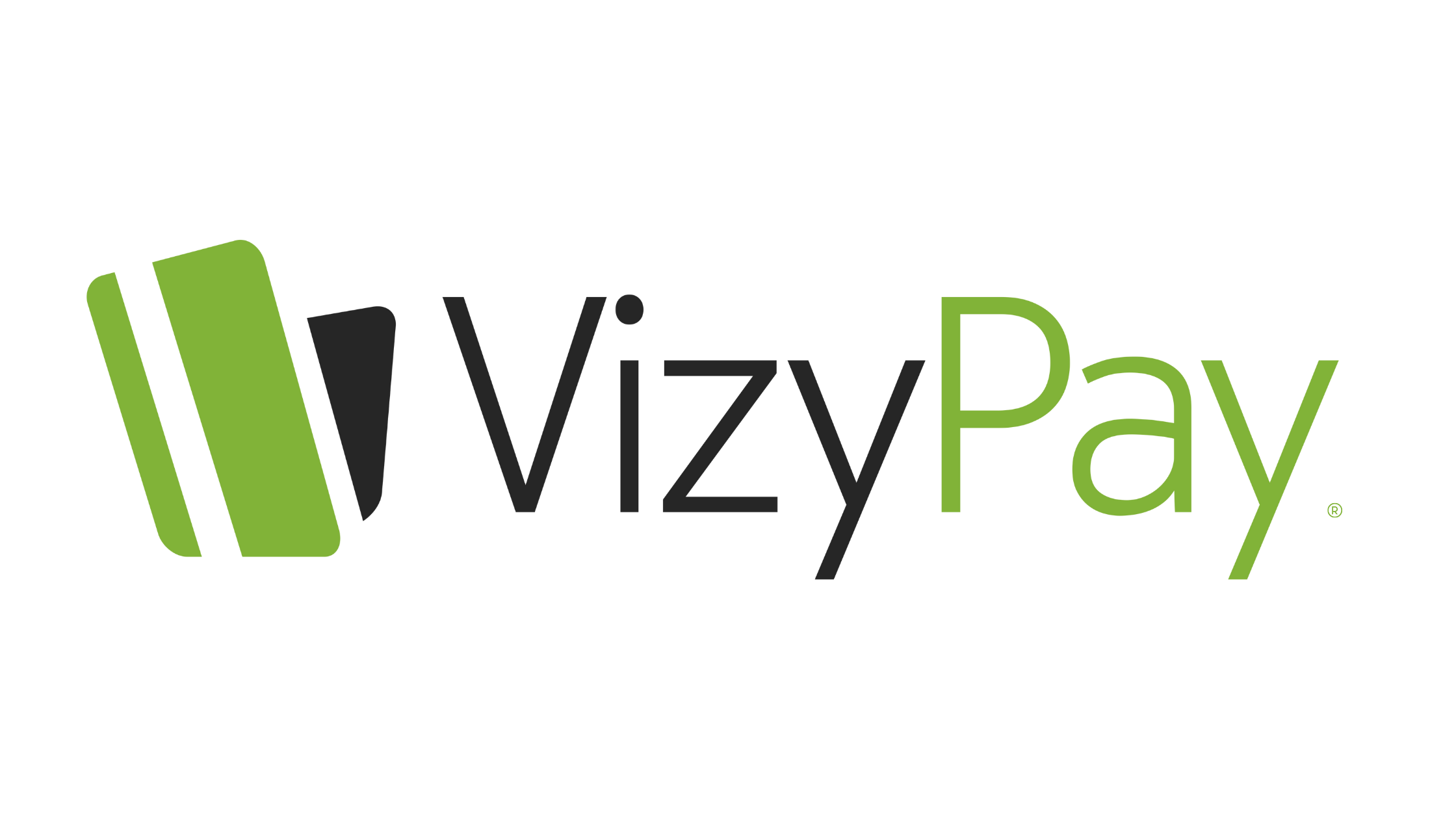How To Save On Credit Card Processing Fees?
As a business owner, finding ways to reduce expenses without sacrificing quality is crucial. One effective way to save money is by lowering your credit card processing fees. These fees can add up quickly and significantly impact your bottom line. However, with the right strategies and techniques, you can effectively reduce processing costs and potentially save thousands of dollars annually.
Key Takeaways:
- Understanding credit card processing fees & junk fees is essential to reducing costs.
- Negotiating with processors and analyzing pricing models can lead to better rates.
- Optimizing processing equipment and implementing fraud prevention measures can also help lower costs.
- Monitoring and analyzing fee structures regularly can help spot markups and increases to your rates & fees.
- Staying up to date with your PCI Compliance.
Understanding Credit Card Processing Fees
Are you unsure of how credit card processing fees work? Before implementing methods to reduce your processing costs, it's key to understand the structure of these fees and the various factors impacting prices.
Credit card processing fees are charged by payment processors and typically consist of interchange fees, assessment fees, and processing fees.
| Fee Type | Description |
|---|---|
| Interchange Fees | Fees charged by card networks such as Visa or Mastercard and paid to card-issuing banks. These fees typically range from 0.05% to 2.5% of each transaction. |
| Assessment Fees | Fees charged by card networks and paid to the card brand (Visa, Mastercard, etc.). These fees are generally a percentage of each transaction, ranging from 0.11% to 0.13%. |
| Processing Fees | Fees charged by payment processors (Like Us, Square, Toast, Stax, Etc) for handling the transaction. These fees can include monthly fees, per-transaction fees, and other charges. |
Keep in mind that additional fees may apply, such as junk fees, chargeback fees, monthly minimum fees, and early termination fees.
Several factors can influence credit card processing fees, including the type of card used, the type of business, the transaction volume, and the processing method.
By understanding how credit card processing fees are structured, you can more effectively identify potential savings opportunities and negotiate better rates with your processing provider.
Negotiating with Credit Card Processors
One of the most effective ways to save on credit card processing fees is to negotiate better rates with your processor. By implementing valuable techniques and strategies, you can lower your costs and establish a mutually beneficial relationship with your processor. Here are some tips to negotiate fees:
1. Leverage Your Transaction Volume
If you process a high volume of transactions, use this as leverage during negotiations. You can also consider signing a long-term contract in exchange for lower rates.
It's no different than if a store would be more likely to offer a discount because you are a consistent or high-paying customer- payment processors do the same thing.
2. Understand the Components of Processing Costs
Before entering negotiations, it's crucial to understand the components that influence processing costs. This includes interchange fees, payment gateway fees, and processor markup. Understanding how these fees work can help you negotiate effectively.
Having an understanding of how processing and fees are assessed are a large value to you as the customer. You can leverage this knowledge for better payment processing costs, and less likely to tact on a bunk of junk fees.
3. Build a Relationship with Your Processor
Establishing a good working relationship with your processor can also help you negotiate better rates. By communicating your needs and working together, you can create a win-win situation for both parties.
By following these tips, you can negotiate better rates with your credit card processor and potentially save your business thousands of dollars in processing fees.
Interested in starting to build a relationship with VizyPay? Let's get you started!
Analyzing Pricing Models & Programs
Choosing the right pricing model can have a significant impact on your credit card processing fees. Two common pricing models are interchange-plus and flat-rate, each with its own pros and cons.
Interchange-Plus Pricing
Interchange-plus pricing is a pricing model that separates interchange fees and processing fees, allowing you to see the exact interchange fee paid to the card networks for each transaction. This transparency provides clarity regarding your processing expenses and can empower you to make informed decisions on cost-reducing measures.
With interchange-plus pricing, you pay a fixed percentage markup over the actual interchange fee, plus a small transaction fee. The percentage markup and transaction fee are set by your processor and depend on factors such as transaction volume, card types, and business type.
Flat-Rate Pricing
Flat-rate pricing is a simple and straightforward model that offers a flat processing fee for every transaction, regardless of the interchange fee or type of credit card used.
This model eliminates the complexity of calculating interchange fees and may be more suitable for businesses with low transaction volumes or those that accept a high volume of credit card payments with low interchange rates.
| Pricing Model | Pros | Cons |
|---|---|---|
| Interchange-Plus | Transparency, flexibility, can potentially save you money in the long run | May be more complex, can be subject to fluctuations in interchange rates and processor fees |
| Flat-Rate | Simple, predictable, easy to understand | May not be cost-effective for businesses with higher transaction volumes or those that accept high interchange card types |
Interchange Fees
Interchange fees are the fees paid to the card networks (Visa, Mastercard, etc.) for processing credit card transactions. These fees vary depending on factors such as the type of card used, the transaction amount, and the type of business accepting payment.
Understanding interchange fees and their impact on your processing costs is crucial to selecting the right pricing model and negotiating lower fees with your processor.
Cash Discount Program
Our cash discount program is one of easiest ways to methods to decrease your processing fees and starting saving. Processing credit cards will always have associated costs and fees, but negotiating fees will not be the only method to lower your costs.
VizyPay's cash discount program can offset 100% of processing fees to allow you to accept as many credit and debit cards without incurring any costs. Your costs become a low month-to-month subscription, instead of worrying about fees based on which credit card your customers are using, what your flat-rate or interchange-plus fee, or any other fees. Cash Discount creates a consistent monthly bill that can save you thousands annually.
Optimizing Processing Equipment
One way to reduce credit card processing fees is to upgrade or optimize your processing equipment. The right equipment can help you process transactions more efficiently, saving you time and money in the long run.
One technology to consider is EMV. EMV technology can help protect your business from fraudulent transactions while potentially saving you on fees and chargebacks due to these fraudulent transactions. It works by using a unique chip in each credit card that generates a unique code for each transaction, making it more difficult for fraudsters to use stolen card information.
By investing in the latest processing equipment and EMV technology, you can make your business more secure and efficient, reducing processing costs and giving you peace of mind.
Lastly, if you are on a monthly payment plan for your point-of-sale or terminal, then potentially purchasing your equipment outright may be an option for lowering your monthly overhead costs. This is not a bad option for small business owners who need a new device and are not willing to pay the upfront cost of a device, so this depends on what the best option for your business is.
Streamlining Payment Processes
Streamlining payment processes is a crucial aspect of reducing credit card processing fees for your business. By optimizing your payment processes, you can enhance customer experience, reduce errors, and potentially save on processing fees.
Integrating Efficient Payment Gateways
Integrating efficient and secure payment gateways can help your business reduce processing fees and improve transaction speeds. Some of the popular payment gateways include PayPal, Stripe, and Authorize.net, which offer a range of features that can simplify payment processing and enhance security.
Offering Multiple Payment Options
Providing your customers with various payment options can also help streamline the payment process and reduce the likelihood of errors and chargebacks. Accepting payments from mobile devices, credit cards, and digital wallets can help customers make hassle-free transactions, thereby reducing payment processing fees for your business.
Our cash discount program also incentives the use of cash paying customers by offering them a 4% discount, which you therefore would pay zero processing costs since a card was not used to make the transaction.
Monitoring and Analyzing Fee Structures
One of the key steps to effectively reduce your credit card processing fees is by monitoring and analyzing your fee structures regularly. This not only helps you identify and address hidden fees, but also allows you to spot trends in your processing costs and make data-driven decisions to optimize your expenses.
Identifying Hidden Fees (aka Junk Fees)
There may be hidden fees in your credit card processing that are not clearly stated in your contract. These can include assessment fees, network fees, and practically anything a payment processor feels like charging you.
When it comes to extra fees, there's no limit on how far a credit card processor will go to add on these fees to increase there profits. At VizyPay, we give free cost analysis to identify junk fees and bad rates for potential customers.
Spotting Trends
Monitoring your processing fees over time can help you spot trends and identify areas where you may be overspending. By comparing your processing costs month-over-month and year-over-year, you can gain valuable insights into your business's payment processing patterns and adjust to accurately match your payment processing needs.
Overtime your needs change and your program may as well. You may start taking an increase in credit cards and you may want to switch to a program to offset these fees because your bill is starting to drastically increase.
Keeping Up with PCI Compliance
PCI compliance is one fee that you can always remove from your monthly bill. The purpose of PCI Compliance is to show companies and card brands that you are adhering to payment card industry compliance and basic regulations. PCI standards were created to ensure that confidential informational during card transaction are taking place.
Payment processors are fined a fee of $19.95 per customer who is not PCI Compliant per month. Us card processors pass along this fee towards our customers. The difference is that we just pass along that fee at the same price we are charged, unlike others who mark this up drastically, some as high as nearly $200 (check your payment processing bill to ensure you're not being overcharged).
Conclusion
Hopefully you've gained valuable insights on how to save on credit card processing fees. By implementing the expert strategies and tips outlined in this article, you can effectively reduce your business costs and increase profitability. Remember to keep an eye on your fee structures, negotiate with your credit card processor, upgrade your processing equipment, and stay updated with industry trends and regulations. By doing so, you can ensure your business remains compliant, secure, and optimized for cost savings.
Don't hesitate to put these tips into practice and start unlocking potential savings today. Your business's financial health and profitability depends on it.
And if you're interested in getting started today then VizyPay can get you on the right track with your savings!
Get Started With VizyPay
Feel free to view our other blogs to find more content like this to make sure your small business is up to date on all industry news, content, and educational content!

%20(11).png)



.png)


-1.jpg)
.png)

.png)
.png)



-1.png?width=175&height=98&name=White%20VP%20Logo%20(1)-1.png)

